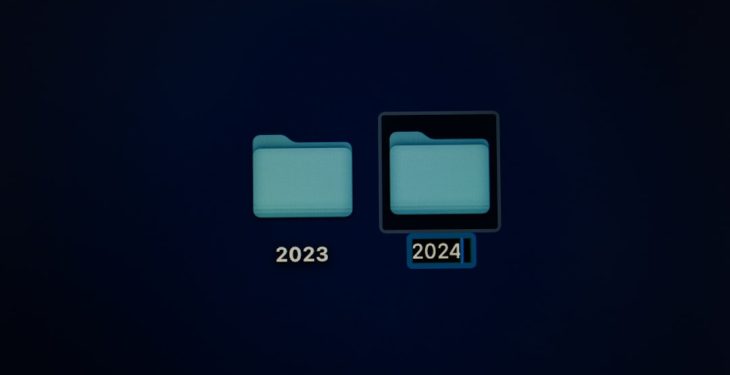Traditional search engines have come a long way from their early days of matching keywords to retrieve documents. With the advent of advanced artificial intelligence, particularly in the domains of computer vision and natural language processing, the next frontier in search technology has arrived. At the heart of this revolution lie Vision-Language Models (VLMs) — intelligent systems capable of understanding both images and text. VLMs combine deep learning techniques in vision and language to bridge the gap between how humans perceive visual and textual content, enabling more intuitive and accurate search capabilities.
What Are Vision-Language Models?
Vision-Language Models are a class of AI systems that learn the relationships between images and text. These models are typically based on joint embeddings or multimodal transformers that are trained on large datasets consisting of image-text pairs. VLMs learn to associate words and visual elements, enabling them to perform tasks such as image captioning, visual question answering, and, most critically, multimodal search.
One of the key innovations in VLMs is their ability to align visual and linguistic modalities in a shared embedding space. For instance, a query like “a dog chasing a red ball” is not just processed as keywords, but the system comprehends the contextual relationship between the objects involved—”dog,” “chasing,” and “red ball.” This allows the model to return images that not only contain those elements but also reflect the semantic intent of the query.

How VLMs Enhance Search Technology
VLMs significantly enhance search performance in several transformative ways:
- Multimodal Query Support: Users can initiate a search using a combination of text and images. For example, one could upload a photo of a chair and type “same style in blue”—and the system can find visually similar products with that specification.
- Improved Image Search: Traditional image search relies heavily on metadata and alt text. VLMs enable search engines to ‘look’ at the image and understand its content, making it possible to match it with descriptive queries without needing human annotations.
- Semantic Understanding: These models do not just match keywords—they comprehend the meaning and relationships within content. Searching for “a cozy winter cabin surrounded by snow” will yield more accurate and visually rich results compared to keyword-only approaches.
- Language-Agnostic Retrieval: Many VLMs support multiple languages, making it possible to retrieve relevant content regardless of the query’s language—opening the door to true global search experiences.
Real-World Applications of VLM-Powered Search
The practical applications of VLMs are vast and span across multiple industries. Search engines, e-commerce platforms, media archives, and even educational content repositories are benefiting from this technology.
1. E-Commerce
Online retailers use VLMs to enhance product discovery. Shoppers can take a picture of something they’re interested in and combine it with a textual feature—such as “leather texture” or “vintage style”—to find similar items. This creates a far richer and more intuitive product search experience.
2. Content Moderation and Curation
Media platforms need to understand both the visual and textual context of uploaded content to moderate and recommend effectively. VLMs can identify inappropriate visual elements paired with misleading captions, providing better safety and compliance.
3. Knowledge Bases and Digital Libraries
Institutions with vast image archives, such as museums or scientific research centers, use VLMs to improve the accuracy and recall of search queries. A biologist searching for “microscopic image of neuron with synaptic connection” can get directly relevant images without needing detailed manual tags.

Popular VLM Architectures
Several innovative architectures have emerged to power VLMs, and each brings unique strengths:
- CLIP (Contrastive Language-Image Pretraining): Developed by OpenAI, CLIP learns visual concepts from natural language supervision, enabling zero-shot capabilities for image classification and search.
- BLIP (Bootstrapped Language Image Pre-training): BLIP pushes the envelope of image-language understanding with advanced pretraining techniques, supporting high-fidelity image captioning and retrieval.
- Florence and Flamingo: These are large-scale multimodal models developed by research labs like Microsoft and DeepMind, respectively. They focus on robust performance across a wide range of search and reasoning tasks.
These architectures integrate convolutional and transformer layers in a unified way to jointly process visual and textual data, learning deeply contextual representations.
Challenges and Considerations
Despite their advances, VLMs are not without limitations:
- Bias in Training Data: Like many AI models, VLMs can reflect societal biases present in their training datasets, leading to skewed search results.
- Computational Cost: Training and deploying VLMs requires significant computational resources, which poses a barrier for smaller firms.
- Explainability: It is often difficult to understand why a particular result was retrieved, especially in complex multimodal queries—an ongoing challenge in AI interpretability.
As researchers and engineers continue to improve these models, these challenges are being actively addressed through techniques like dataset auditing, model distillation, and better debugging tools for AI systems.
The Future of Search
VLMs represent a major leap forward in the pursuit of more natural and effective search systems. As these models become more robust and efficient, everyday users will experience search that is not only more accurate but also more human-like in its interaction. Searching with a combination of images, words, and even context will become second nature—signaling a new era where information discovery is powered by true multimedia understanding.

FAQ: Vision-Language Models in Search
- What is a Vision-Language Model (VLM)?
- A VLM is an AI model designed to understand both visual and textual inputs. It creates unified representations of them, enabling capabilities like visual search, captioning, and multimodal question answering.
- How do VLMs improve search engines?
- They allow search engines to understand the intent and context of image and text queries, returning more accurate and relevant results even when metadata is limited or absent.
- Can VLMs understand text in different languages?
- Yes, many modern VLMs support multilingual understanding and can perform cross-lingual retrieval, making them suitable for global applications.
- Are VLMs used outside of search engines?
- Absolutely. They are used in recommendation systems, virtual assistants, content moderation, robotics, accessibility tools, and more.
- What’s the difference between traditional keyword search and VLM-powered search?
- Keyword search matches query terms to text, whereas VLM-powered search understands the semantics of both text and images, making it more accurate and intuitive.
- Are there privacy risks associated with using VLMs?
- Yes, especially when dealing with personal images or sensitive content. Developers must ensure data is handled and processed securely, and privacy laws are respected.
As VLM technology continues to evolve, it will become a core component of modern search infrastructures—bringing us closer to a world where machines can perceive and understand much like humans do.
